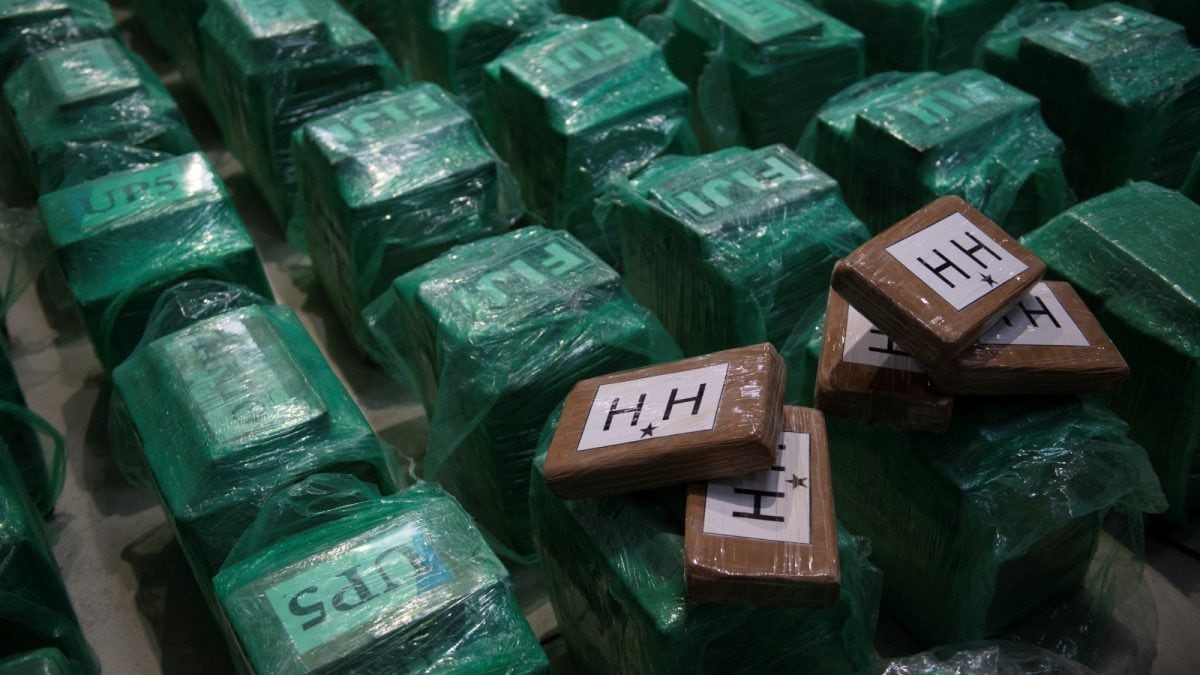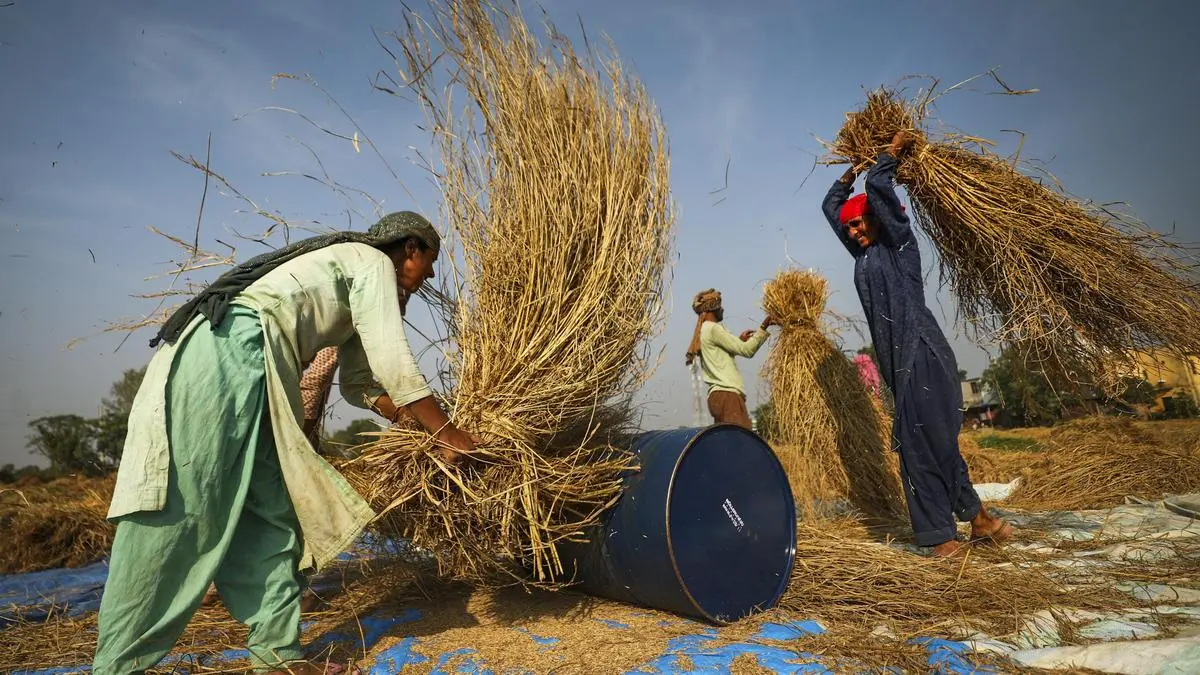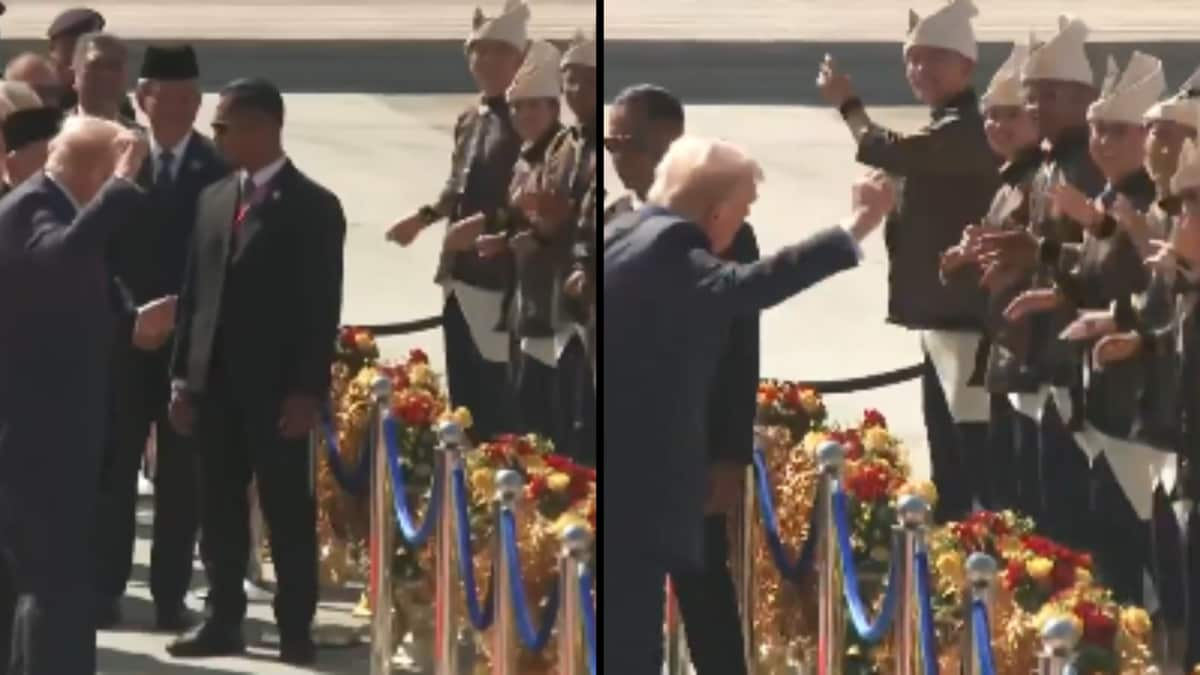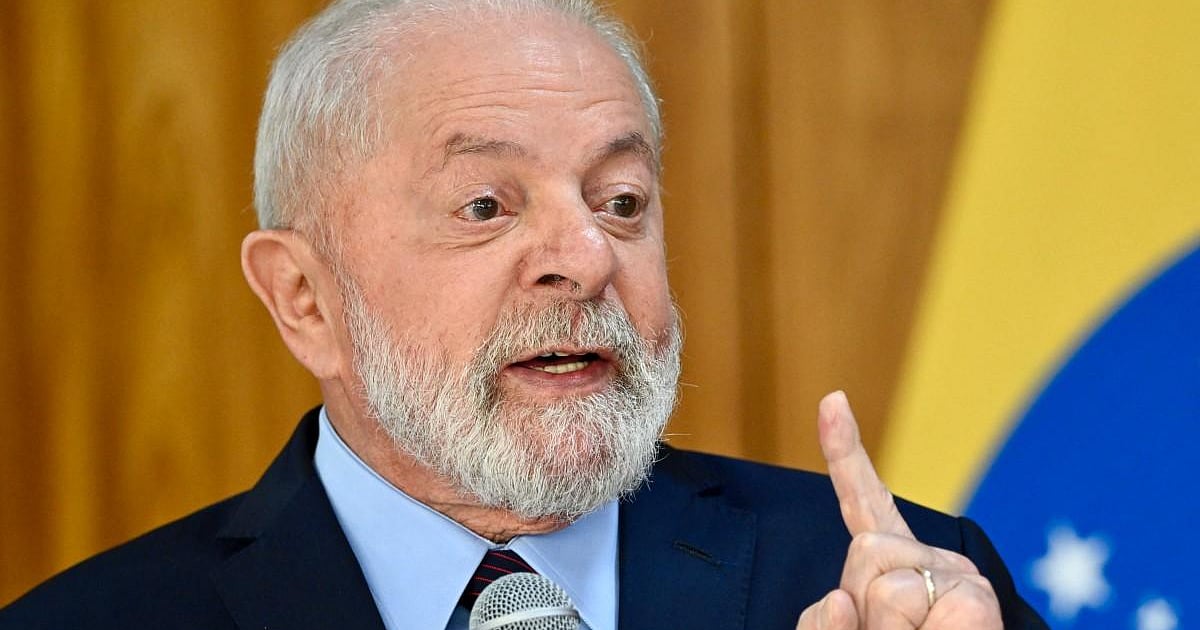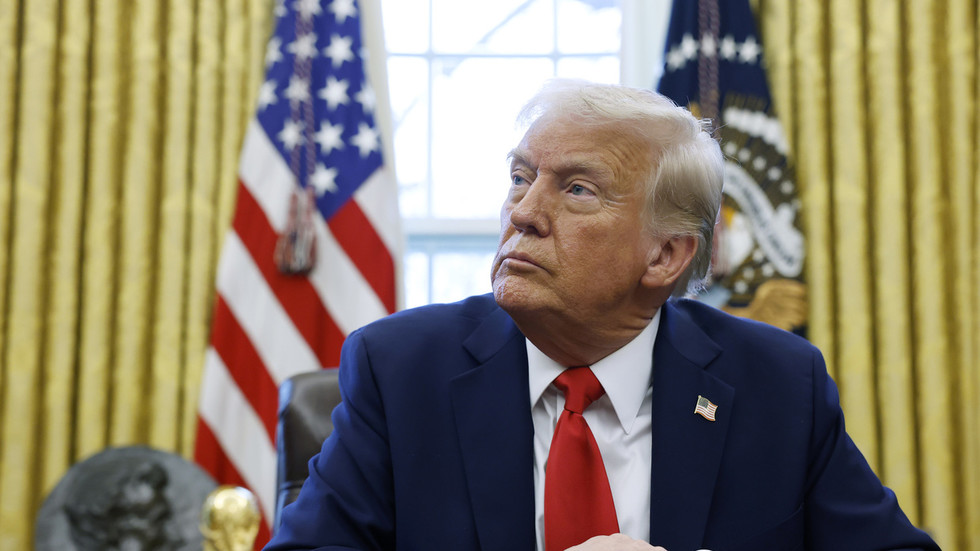
US President Donald Trump
| Photo Credit:
KENT NISHIMURA
US President Donald Trump on Wednesday announced an additional tariff of 25 per cent on imports from India, to be imposed in three weeks time, as punishment for buying Russian oil. This will be on top of the 25 per cent reciprocal tariff on Indian goods to be implemented on August 7, raising total tariffs to 50 per cent.
The timing of the new tariffs, which will kick in from August 27, prompted trade experts to label it as a “bargaining chip”, coming as it does just two days after a US team of trade officials is expected in India for the next round of negotiations for the India-US bilateral trade agreement (BTA).
India’s Ministry of External Affairs (MEA) promptly responded to Trump’s tariffs stating that the action was ”unfair, unjustified and unreasonable” and stressed that the country will take all actions necessary to protect its national interests.
Indian exporters were “shocked” and “disappointed”, underlining that it would be impossible to absorb such high tariffs and it would place their products at a great disadvantage against competing countries such as Vietnam, Indonesia, Malaysia and Philippines.
In fact, India’s penal tariffs at 50 per cent are the highest, apart from Brazil which has been hit by 10-50 per cent tariffs. Even China, which buys much more oil from Russia, has been assigned duties of 30 per cent by the US.
“I find that the Government of India is currently directly or indirectly importing Russian Federation oil…Accordingly, and as consistent with applicable law, articles of India imported into the customs territory of the United States shall be subject to an additional ad valorem rate of duty of 25 per cent,” Trump said in his executive order issued on Wednesday.
Most experts saw it as a negotiating tactic typical of Trump.
“It is clear that the Trump administration is using the fresh tariffs as a bargaining chip. But India has already decided on its red lines in areas such as dairy, sensitive agriculture products and GM crops, and strong arm tactics may not work,” a source tracking the matter told businessline.
The MEA statement noted that it was “extremely unfortunate” that the US chose to impose additional tariffs on India for actions that several other countries are also taking in their own national interest.
“We have already made clear our position on these issues, including the fact that our imports are based on market factors and done with the overall objective of ensuring the energy security of 1.4 billion people of India,” the statement pointed out.
Most exports from India now would become uncompetitive as tariffs on competitors are mostly in the range of 15-20 per cent, pointed out Ajay Sahai, Director General, FIEO. “There is no way exporters can tackle such high duties. Even government support of this volume is difficult. The silver lining is that products earlier exempted from tariffs, such as pharmaceutical, continue to be exempted,” said Sahai.
Trump’s executive order on the new tariffs does not even give enough time to exporters to send pending shipments, as it would apply on all goods entering into the US after 21 days after the date of the order, pointed out Sanjay Jain, Chairman, ICC National Textiles Committee.
“It is a very very difficult situation for India,” he said.
More Like This

Published on August 6, 2025



